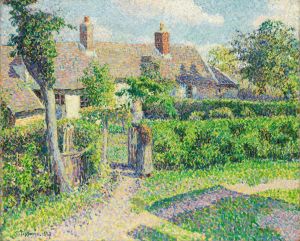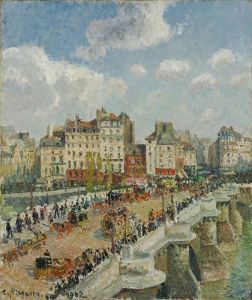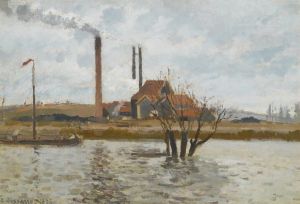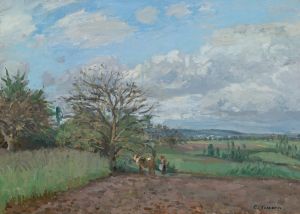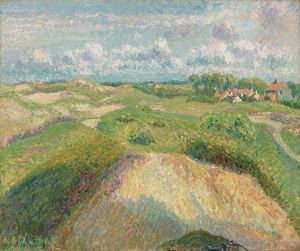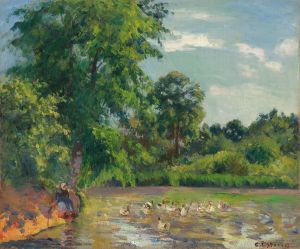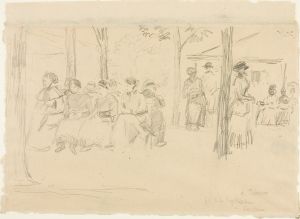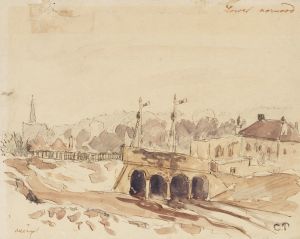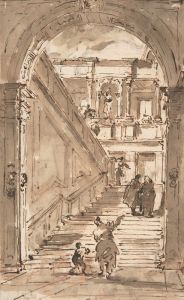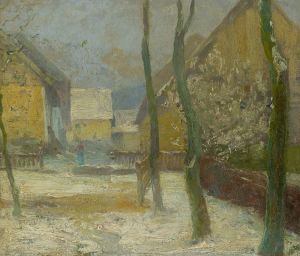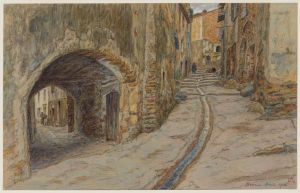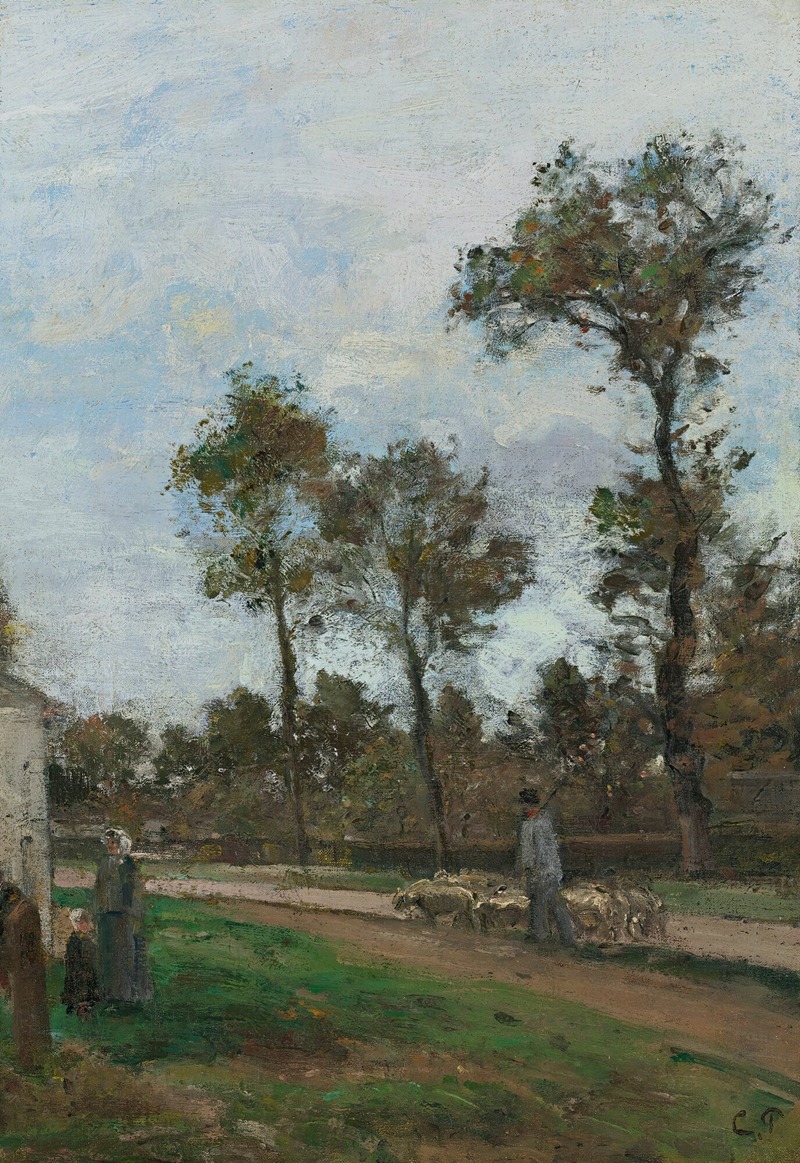
Route À Louveciennes
A hand-painted replica of Camille Pissarro’s masterpiece Route À Louveciennes, meticulously crafted by professional artists to capture the true essence of the original. Each piece is created with museum-quality canvas and rare mineral pigments, carefully painted by experienced artists with delicate brushstrokes and rich, layered colors to perfectly recreate the texture of the original artwork. Unlike machine-printed reproductions, this hand-painted version brings the painting to life, infused with the artist’s emotions and skill in every stroke. Whether for personal collection or home decoration, it instantly elevates the artistic atmosphere of any space.
"Route à Louveciennes" is a painting by the French Impressionist artist Camille Pissarro. Created in 1872, the artwork depicts a rural road in Louveciennes, a village located in the Île-de-France region near Paris. Pissarro lived in Louveciennes during the early 1870s, and the village became a frequent subject of his paintings during this period. The work exemplifies Pissarro's interest in capturing the natural beauty of the French countryside and the effects of light and atmosphere.
The painting is rendered in Pissarro's characteristic Impressionist style, with loose brushstrokes and a focus on naturalistic colors. It portrays a quiet, tree-lined road with a few figures walking along the path, emphasizing the harmony between human activity and the surrounding landscape. The composition reflects Pissarro's ability to depict the serene and unpretentious charm of rural life, a recurring theme in his work.
Pissarro was a key figure in the Impressionist movement, and his works often explored themes of rural labor, village life, and the changing seasons. "Route à Louveciennes" is an example of his dedication to plein air painting, a technique that involved working outdoors to capture the immediate effects of light and weather. This approach allowed Pissarro to create works that were both spontaneous and deeply rooted in the natural environment.
The painting is part of a series of works Pissarro created in and around Louveciennes, showcasing his fascination with the region's landscapes. These works are notable for their subtle tonal variations and their ability to convey a sense of tranquility. Pissarro's time in Louveciennes was particularly productive, as he developed many of the techniques and themes that would define his career.
Today, "Route à Louveciennes" is recognized as an important example of Pissarro's early Impressionist period. The painting is held in the collection of the National Gallery of Art in Washington, D.C., where it continues to be appreciated for its artistic and historical significance.






